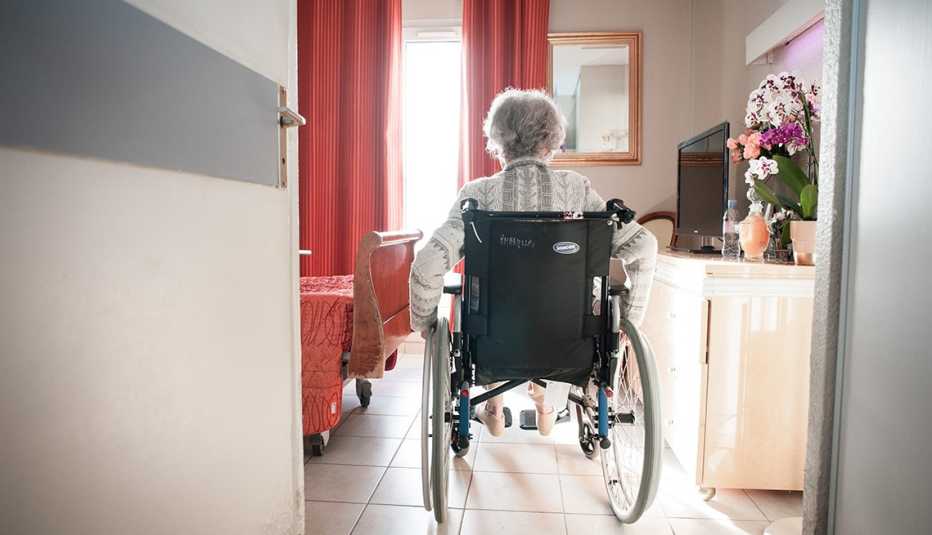Staying Fit
Since April 2020, Dorothy “Dot” Holder, age 93, has resided in a small assisted living facility in Charleston, South Carolina, two blocks from the home of her son Robert Holder, who visits every day. “My mom has dementia,” Holder says. “She has no memory; it’s shot.”
The facility has 22 residents, and even the director helps with day-to-day care. As a result, the director can answer any questions about how his mom is faring, Holder says.


AARP Membership— $12 for your first year when you sign up for Automatic Renewal
Get instant access to members-only products and hundreds of discounts, a free second membership, and a subscription to AARP the Magazine.
But for the previous three years, Dorothy lived in an assisted living facility with hundreds of residents, two hours away in Columbia, her hometown. It wasn’t always easy for Holder to find out if his mom slept through the night or was participating in activities.
“The director of nursing didn’t have an intimate knowledge of my mom’s care because they just have too many other things to do,” Holder says. “So, the only way to get reliable information was talking with the certified nursing assistants.”
He cultivated a relationship with one particular CNA who had taken a shine to his mom. “And then I was able to get the straight story.”
“The nursing assistants and the activity professionals are the most important people for families to have a great relationship with” in long-term care facilities, says Jennifer L. FitzPatrick, a licensed clinical social worker in Chester, Maryland, and a gerontology instructor at Johns Hopkins University. “The direct-care staff truly understand your loved one’s moods, idiosyncrasies, likes and dislikes and what is going to make them feel better when they are having a bad day.”
Ask appropriate questions
The activities staff organizes games and other activities. Resident assistants and certified nursing assistants help loved ones with activities of daily living (ADLs), such as eating, toothbrushing, bathing, using the toilet, dressing and moving around. But they cannot answer all of a family’s questions.


“Resident assistants and CNAs are not in charge of the medications, [medical] procedures and treatments that a resident is receiving, so it is important to remember that there may be some questions that need to be directed to the charge nurse,” says Pamela Truscott, senior manager of clinical and regulatory services at the American Health Care Association/National Center for Assisted Living, an industry membership organization. “However, if a family member wants to know how the resident is eating, sleeping or doing with their activities of daily living, the resident assistant and CNAs are a great resource.”




































































